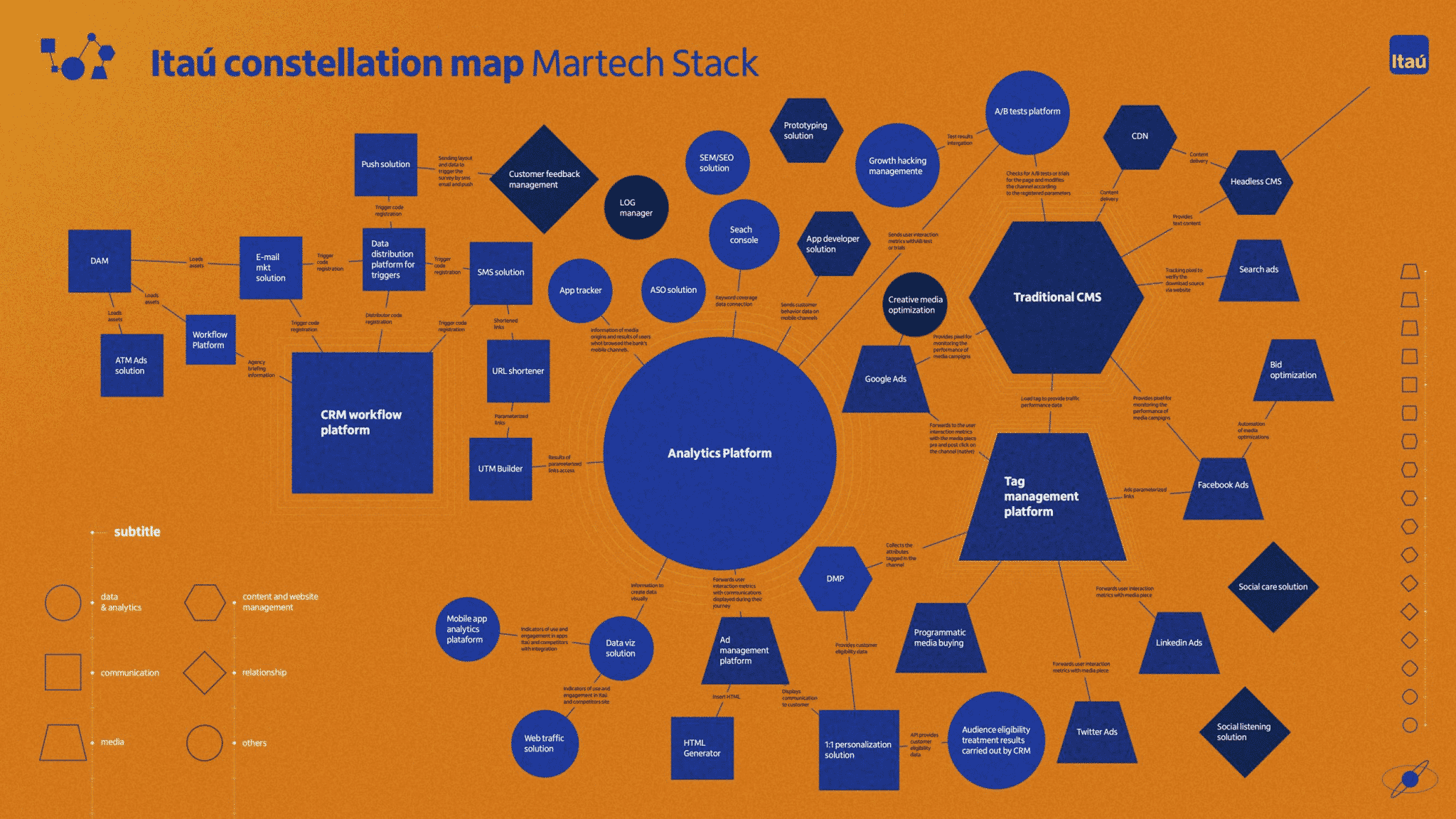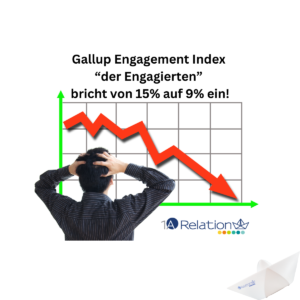The Marketing Technology Conference September 2021 – Stackie Awards
Twice a year, the Marketing Technology Conference takes place in Boston. Again this year, it’s all-digital.
The latest conference, held Tuesday and Wednesday, Sept. 14 and 15, focused on the changes, challenges and opportunities in marketing technology and how senior marketers can succeed in 2021 and beyond. Also in attendance, as always, were many software vendors.
The on-demand videos can be accessed by registering at this link through December.
The Conference topics presented in a word cloud
Since the many topics at an event like this can quickly become overwhelming, an alternative way of presenting them is offered. The following word cloud shows the topics of the packed two days. The image was created by us using the MarTech Conference agenda on wordclouds.com.
The three most frequently mentioned buzzwords were: “Data,” “Customer” and “Engagement.”

The Stackie Awards 2021: A tribute to creative technology stacks
In recent years, the Stackie Awards has been one of the highlights during the MarTech Conference. A contest where marketers are asked to submit a single chart that illustrates their marketing stack. Say, the collection of all the marketing tools they use in their business and how they design them as a whole.
This time, Scott Brinker’s presentation took place at the end of the first day – almost midnight in our time. Once again, there were exciting tool landscapes and very creative images.
Let’s take a closer look at the 5 winning stacks out of 29 submissions from the marketing teams, which can be accessed online at Martech.org even without registering in one of the articles:
Itaú Unibanco
What does the marketing technology stack of a major Brazilian banking institution look like?
In the chart submitted by Itaú Unibanco, no vendors are named, but the different functions are clearly visible. Through the shapes, the division into different areas is visible and also how they are globally connected through the company.
The focus is on the analytics platform, the content management system (CMS), the customer realtionship management (CRM) system and the tag management platform. However, this is only a small part, because countless software solutions for data & analytics, content, media and communication are attached to the core areas.
Itau’s stack is a simple illustration of what marketing technology looks like at a financial services company of this size.
 Figure 1: https://martech.org/stackies-2021-analysis/ – as of 10/08/2021
Figure 1: https://martech.org/stackies-2021-analysis/ – as of 10/08/2021
Betway Group
Betway, a gambling platform, has outlined its marketing technology stack in a winning spreadsheet
It’s easy to see which tools are used at which stage of the customer journey. And the topic of “responsibility” with regard to secure storage of data is also addressed.
By naming the tools used, it can be seen that Betway tries to find the “golden mean” in the choice of technology. On the one hand, this strategy relies on external SaaS solutions such as Salesforce in order to take advantage of best practices on the market. On the other hand, Xenia and Alterys are software solutions that would be developed by Betway itself to achieve specific business goals, especially in the area of customer experience.
 Figure2: https://martech.org/stackies-2021-analysis/ – As of 08/10/2021
Figure2: https://martech.org/stackies-2021-analysis/ – As of 08/10/2021
SAS
SAS, one of the major analytic software companies, also submitted a chart on its marketing software it uses
In this it can be seen where they use their own software, these are particularly analytics, email marketing and personalization. In areas such as advertising, software from other vendors is used.
It is a very good way to incorporate their own strengths and capabilities in the design of marketing technology and complement it with other solutions on the market.
The software is clearly clustered into different task areas. These are, for example, Content and Experience (SEO, Content Marketing) or Social Media and Relationships.
 Figure 3: https://martech.org/stackies-2021-analysis/ – as of 08.10.2021
Figure 3: https://martech.org/stackies-2021-analysis/ – as of 08.10.2021
Philips
Philips puts the customer at the center of its stack. Around it arrange the various tools of the marketing & e-commerce eco-system.
 Figure 4: https://martech.org/stackies-2021-analysis/ – as of 10/08/2021
Figure 4: https://martech.org/stackies-2021-analysis/ – as of 10/08/2021
It is clear in this design that the customer is at the core. Its six-sided neighbors are: its six-sided neighbors are customer care, sales staff, events, social networks, the website and the mobile app – the most important channels for Philips customers.
Phillips is moving away from a functional view of the type of application in this presentation, instead paying more attention to the capabilities technology. The capabilities of software only come into play when the team and the processes fit together.
Juniper Networks
Juniper Networks nicely illustrates the complexity of a marketing system by depicting a house and the different floors on which customer engagement takes place.
 Figure 5: https://martech.org/stackies-2021-analysis/ – as of 10/08/2021
Figure 5: https://martech.org/stackies-2021-analysis/ – as of 10/08/2021
Brian Cooper, VP Demand, Analytics and Information, emphasizes the benefit of getting involved with marketing technology. It can create a competitive advantage to improve marketing strategy. Awareness of, for example, the marketing automation or digital marketing software being used opens the way for transformation, as connections are more easily identified.
This works – Because: the Marketing Technology strategy is based on a really simple concept. The three D’s – Deconstruct, Decompose and Design.
Marketing Technology at Business
It’s great to see how differently companies present their MarTech stacks:
-
- Clustering tools by customer journey, such as Betway
-
- Displaying and grouping by different functions as at SAS?
- The representation of the interaction of the different tools at Philips
-
- A differentiation by intensity of use, as in an example not shown here
What are the benefits for companies to address their (Mar)Tech stack?
At this point, we would like to mention a few advantages why it can be beneficial for companies to take such a close look at their own (marketing) tool landscape.
For all employees there is a clearer picture of their own tool landscape.
Dependently, the picture can provide answers to the following questions:
-
- What tools are in use in the company?
- Where are there which connections between the tools or where are there possibly still silos?
- Which tasks / application areas are supported by which tools?
- Which tools would I have to connect should the desire to introduce a new
From the visualization, the challenges can be made visible and thus strategic decisions or KPI’s can be better derived. In part, costs can be reduced by making visible where multiple applications are being used for the same task. This results in less clutter as it becomes clearer to all employees which tools are in use.
Also, discussions about the introduction of new software can be better conducted, as the graphic can be used to check whether the desired function can be covered by existing software.
Thus, the following elementary question can be answered: Does any software in use in a company have its place on the (marketing) technology stack and a benefit for the customer?
Conclusion
The submissions with the very extensive MarTech stacks show that there are numerous tools and software in use by companies. The real challenge, however, lies in the interaction between them. For efficient use of the tools to create innovation from them, we believe it requires:
- An overall concept and good interfaces
- Good data management
- And in each case clearly defined processes and application areas
Further information / links
- MarTech Conference – https://martechconf.com/fall/
- Stackie Award: https://martech.org/stackies-2021-analysis/
- MarTech 2020: News from Scott Brinker, ChiefMarTechnologist and the MarTech Conference












